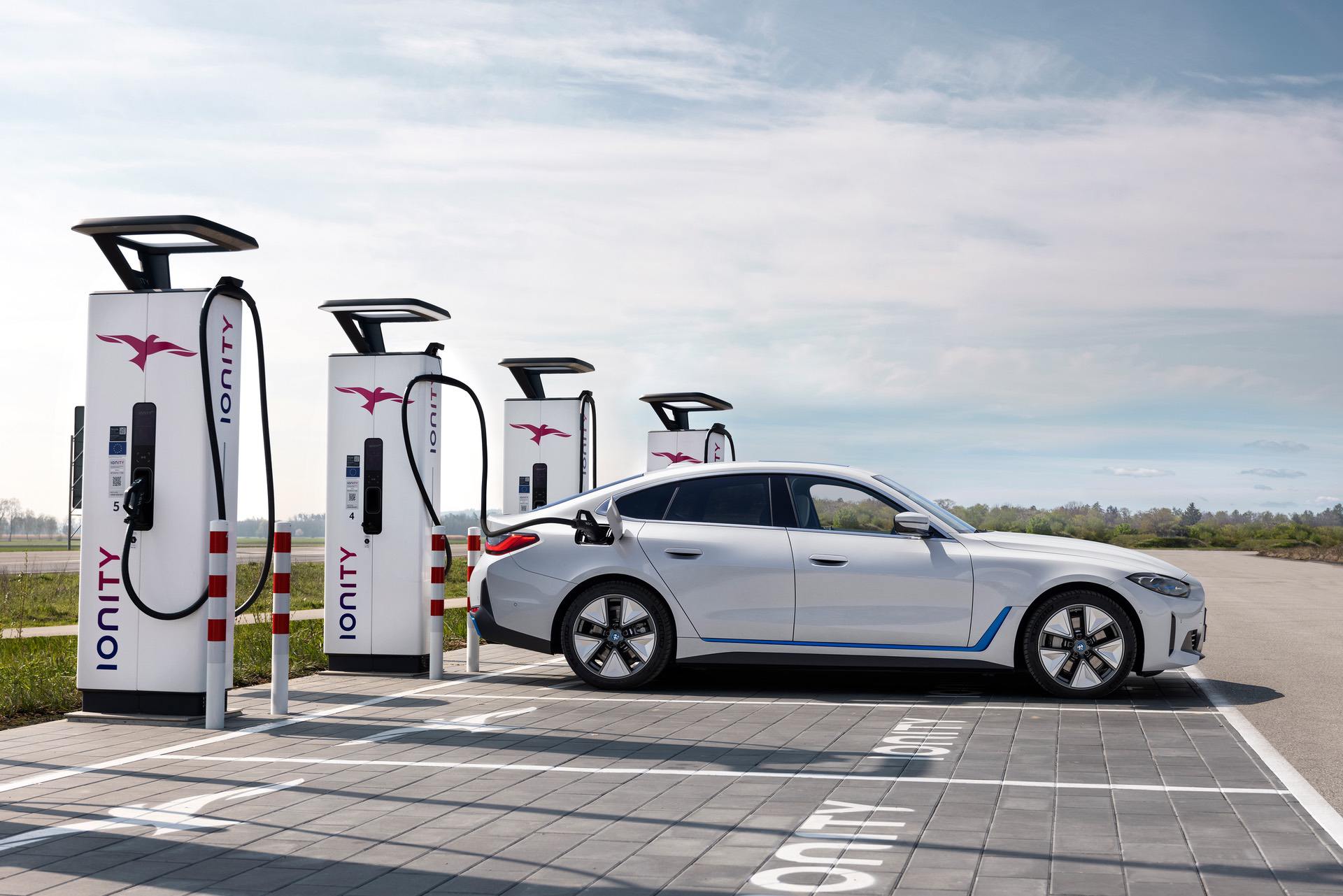It’s not entirely accurate to say that the BMW i3 was the entry-level EV in BMW’s range because it was the only EV. However, now that BMW has two electric models sold in the U.S., there actually is an entry-level EV and BMW just released an even more affordable version—the BMW i4 eDrive35. Could it be the BMW i3 replacement customers have been hoping for?
For BMW i3 customers, the i4 eDrive40 was good but it was a bit pricey, about $10,000 more than the base model i3 was when it was on sale. The BMW i4 eDrive40 starts at $55,900 and the i3 was just under $45,000 to start. Now, though, the newly announced BMW i4 eDrive35 starts at $51,400, plus $995 destination fee. That puts it a bit closer to what the i3 was and creates an even more entry-level version of the i4. However, is it worth it?
Saving Nearly $5,000
What do you lose by saving that $4,500? You lose some power, as the rear electric motor only makes 282 horsepower and 295 lb-ft of torque, versus the eDrive40’s 335 horsepower and 317 lb-ft. That increases its 0-60 mph time by three tenths of a second, making the i4 eDrive35 take six seconds flat to do the deed. More importantly, though, it loses battery capacity. Rather than the eDrive40’s 80.7 kWh battery pack, the BMW i4 eDrive35 uses a 66 kWh battery. However, BMW claims a range of 304 miles on the WLTP cycle, which is actually about the same as the eDrive40.
So is the BMW i4 eDrive35 the entry-level i3? Not really, actually. In many ways, it’s actually better. It’s actually competitive, in terms of power and performance, it has a great range that bests many other EVs, it’s more practical, and it’s more conventional looking (the i3 looks better to my eyes). It isn’t as quirky, nor is it as interesting (the i3 had a carbon tub and clever skinny tires). The i3 also had a way cooler interior. However, the BMW i4 eDrive40 does actually make for a compelling entry-level case, even though it isn’t much cheaper than the more powerful eDrive40 model.
Because the BMW i4 eDrive35 has a smaller battery, it will charge quite a bit quicker than the eDrive40’s larger battery, all while getting similar range (we’ll see when the EPA numbers come out). And while it’s slower, the difference is barely significant enough to mention. The eDrive40 isn’t much more money and comes with more power but the eDrive35 charges faster while getting the same range and that’s more important. So it might just make for an even better entry-level EV than the i3.






































































